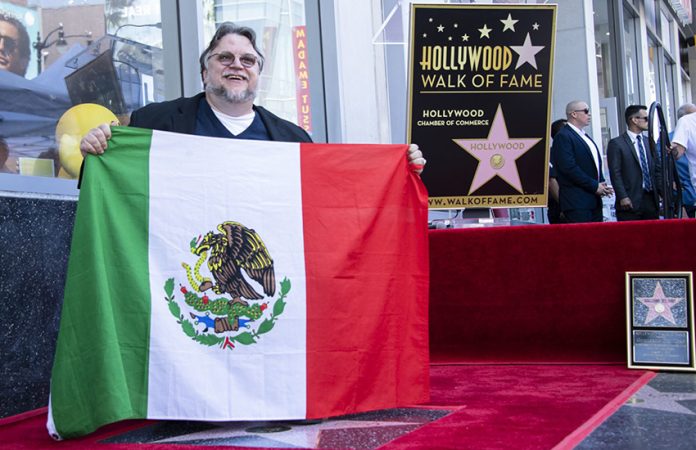We foreigners know Mexico sort of from the “outside in” … the country which has a capital of the same name. But that is both simplistic and inaccurate.
When I first came to Mexico, I lived in Toluca, a small city in the central part of the country. I quickly became confused and curious because locals referred to Mexico City simply as México and as residents of México state called themselves mexiquenses as well as mexicanos.
Much of the country calls Mexico City México without the Ciudad de part, but that is not true everywhere. In Mexicali, when I referred to Mexico City as México, I was strongly corrected: “Ciudad de México,” they said. “Mexicali is part of Mexico, too.”
The word México originates in the Mesoamerican era with the Náhuatl word Mēxihco (pronounced Meh-SHI-ko) originally referring to the Valley of México. A people called the Mexica migrated south from a place they called Aztlán, established a city on a marshy island in Lake Texcoco, then expanded their domain over the entire valley and beyond.
That valley came to be known as the land of the Mexica, or the Valley of México. The capital, Tenochtitlán, was called both Tenochtitlán and (the city of) Mexico.
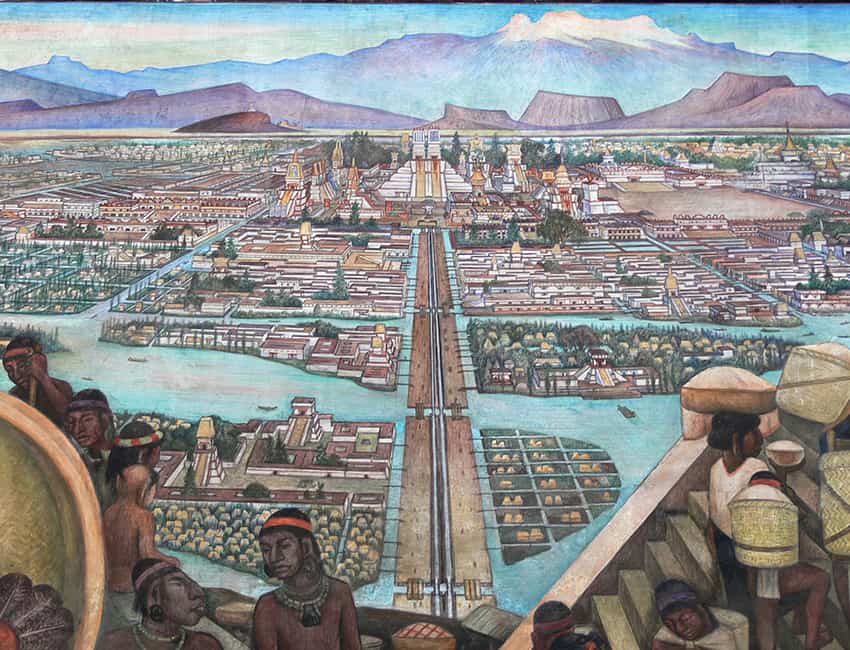
The empire later came to be known as Aztec, a term coined by historian Alexander von Humboldt. Not all Aztecs were Mexica, although the terms today are often used interchangeably.
The 500th anniversary of the fall of the Aztec Empire is this year, specifically on August 13, commemorating the taking of Tenochtitlan by Hernán Cortés’ army of Spanish and (more importantly) indigenous allies. The Spanish simply substituted themselves as the heads of the old Aztec social order.
But Tenochtitlán is difficult for Spanish speakers to pronounce, so México was adopted with a pronunciation change to fit Spanish phonetics.
When New Spain was created, it was divided into five provinces, the most important of which was — you guessed it — México, based roughly off the borders of the old Aztec Empire. Mexico City became the capital of both the province and the colony of New Spain.
So during the colonial period, México could refer to Mexico City, the valley in which it is located or the colonial-era province.
In the early 19th century, New Spain fought for and gained independence from Spain. One reason the rebellion succeeded was a shift in identity among those of European heritage born in the colony.
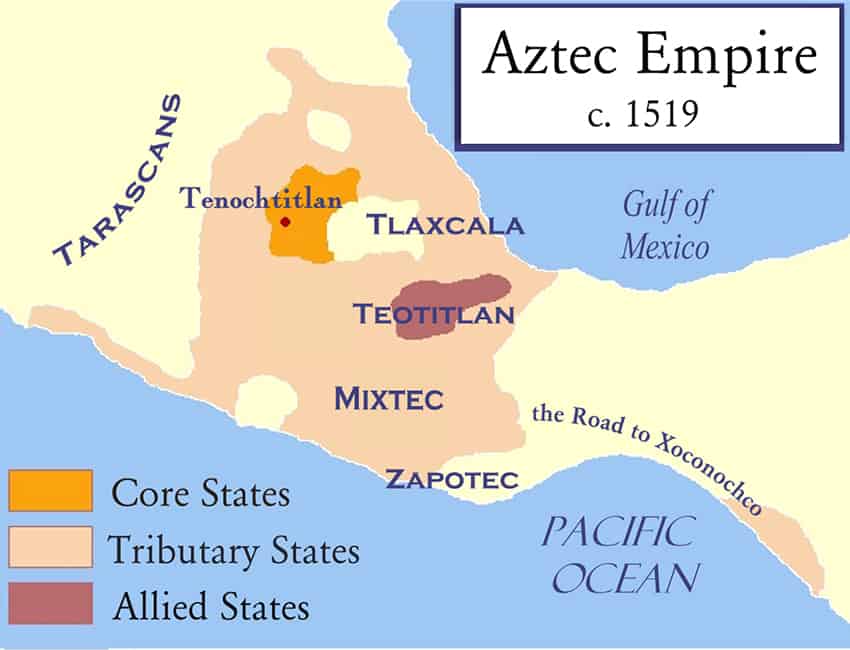
Under the social order, those born in New Spain were second in status to peninsulares (those born in Spain), yet they felt that they were the “true Mexicans.” For this reason, when independence was achieved in 1821, the choice of name for the new country was Mexico.
This did not change the name of the city, valley or province. During the 19th century, the colonial Mexico province was a state, a département or a province, depending on which of the constantly warring forces were in control of the country at the time.
But shortly after independence, there began a process of breaking up these lands. The first was separating out Mexico City proper with the adoption of the 1824 constitution. Similar to Washington, D.C., the idea was that the capital was of the entire country, not just one part of it.
The city would remain under direct control of the federal government until 2016.
The remaining Aztec lands were called the state or province of Mexico. For various socioeconomic and political reasons, these vast lands were eventually divided into various entities, the core of which are Morelos, Guerrero, Hidalgo and México state.
The first three are named after Independence War heroes, and the rest is the Valley of Toluca, with a curious panhandle that almost completely surrounds Mexico City. That panhandle is the result of the expansion of the territory of the federal district of Mexico City after the Mexican-American War.
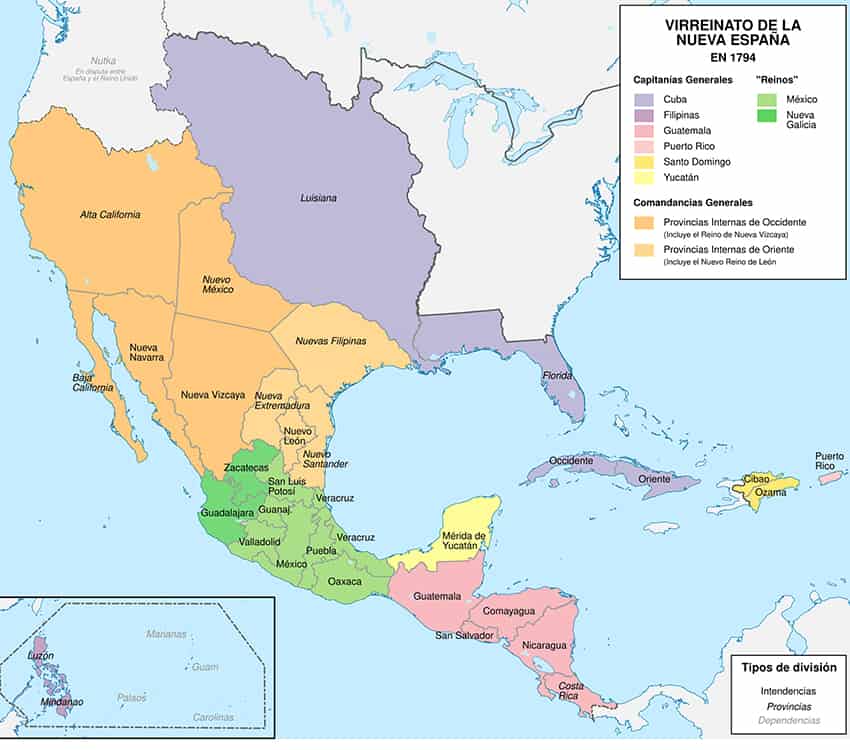
There have been a number of official name changes to the country since independence, but all refer to Mexico in some way. With the current constitution, adopted in 1917, the official name became the Estados Unidos Mexicanos or United Mexican States.
Colloquially, the country is referred to as the República Mexicana (Mexican Republic), or simply México, in part because the official name sounds too much like that of the country’s northern neighbor.
As if all this was not confusing enough, in 2016 Mexico City was recategorized from being a federal district to a state.
That is right — México state is a state, and Mexico City is a state too. If I had to bet, my money would be on México state changing its name at some point to Toluca to end the confusion. The panhandle might even get absorbed into Mexico City.
The use of México reflects that the identity of the country is still highly tied with the city and is reinforced by history, legends and symbols such as the eagle and cactus (from the Aztec origin myth) and the Virgin of Guadalupe.
However, that identity has not been absolute. It weakens as you get farther away from the lands identified as Mesoamerica (Aztec and other pre-Hispanic empires). For this reason, the countries of Central America broke away shortly after independence and the United States was able to keep Texas and the southwest after the Mexican-American War.
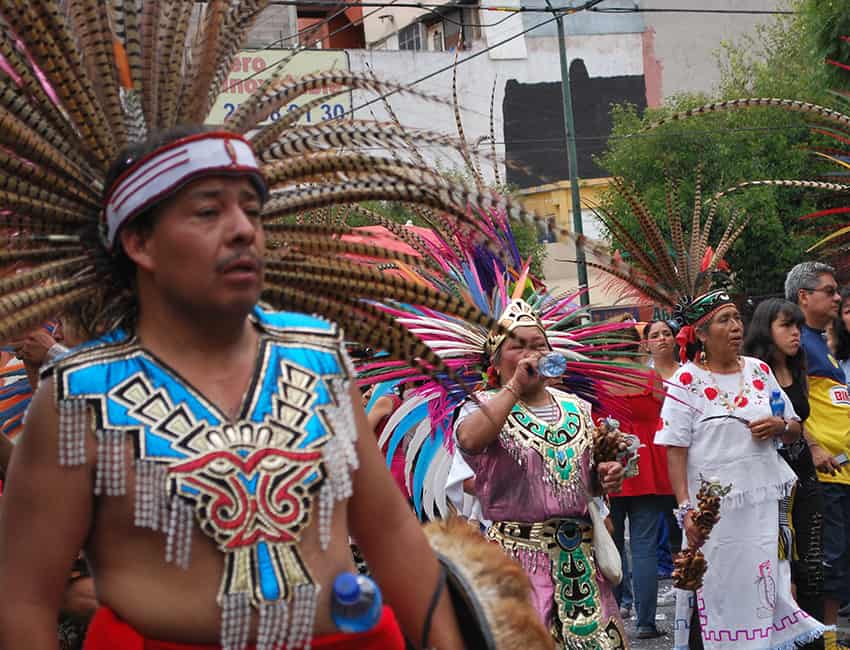
Mexico almost lost Yucatán and Chiapas as well.
In northern Mexico, the idea of being Mexican is complicated both because of influence from the United States in the north and a cultural and political rivalry with the seat of power to the south.
If you live anywhere in Mexico, it is worthwhile to visit Mexico City at least once to get a feel for it as the ombligo del mundo (the navel of the world). It is a Mexican’s point of reference, economically, politically and culturally, even if the Mexican in question hates it …
Leigh Thelmadatter arrived in Mexico 18 years ago and fell in love with the land and the culture in particular its handcrafts and art. She is the author of Mexican Cartonería: Paper, Paste and Fiesta (Schiffer 2019). Her culture column appears regularly on Mexico News Daily.
